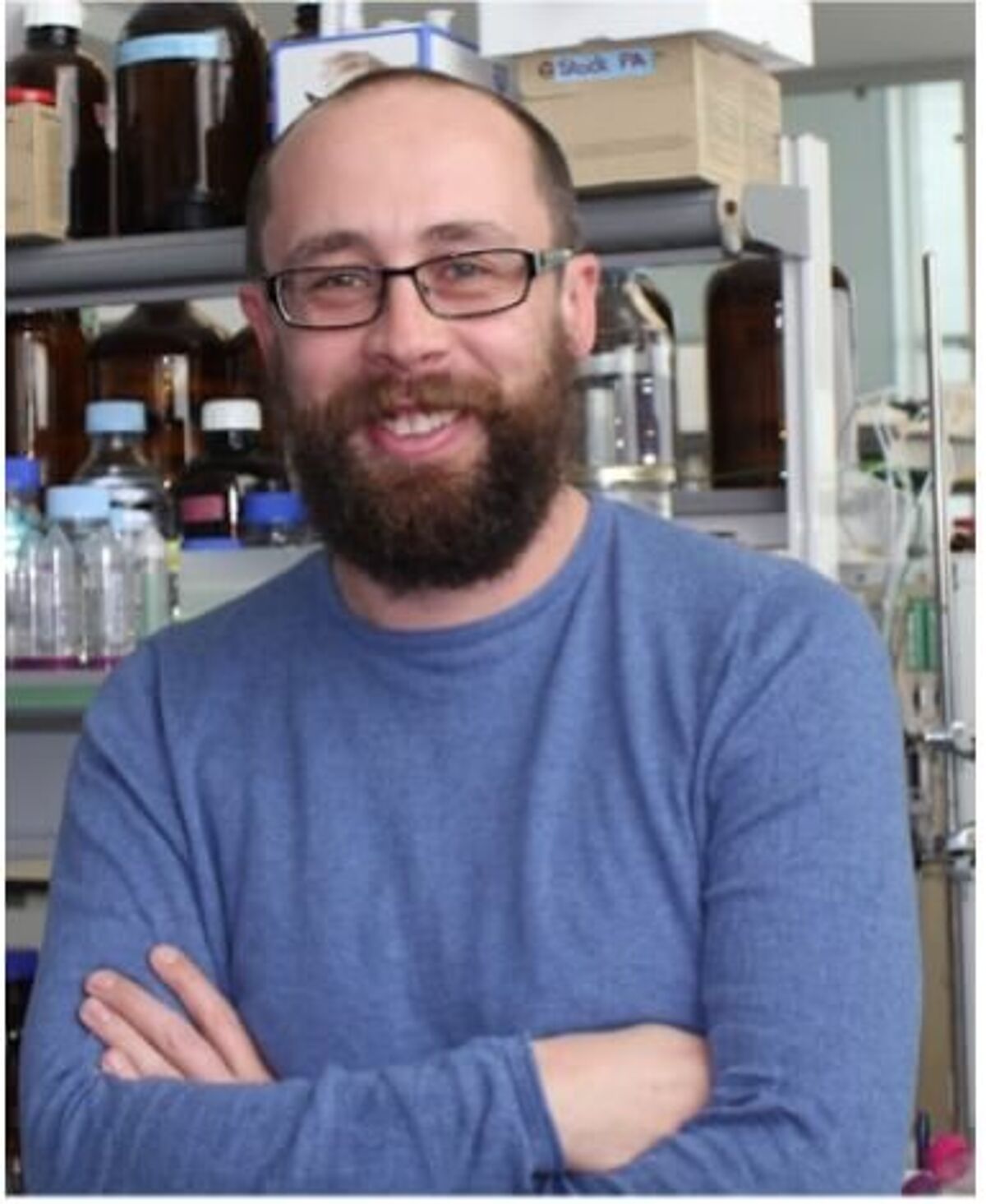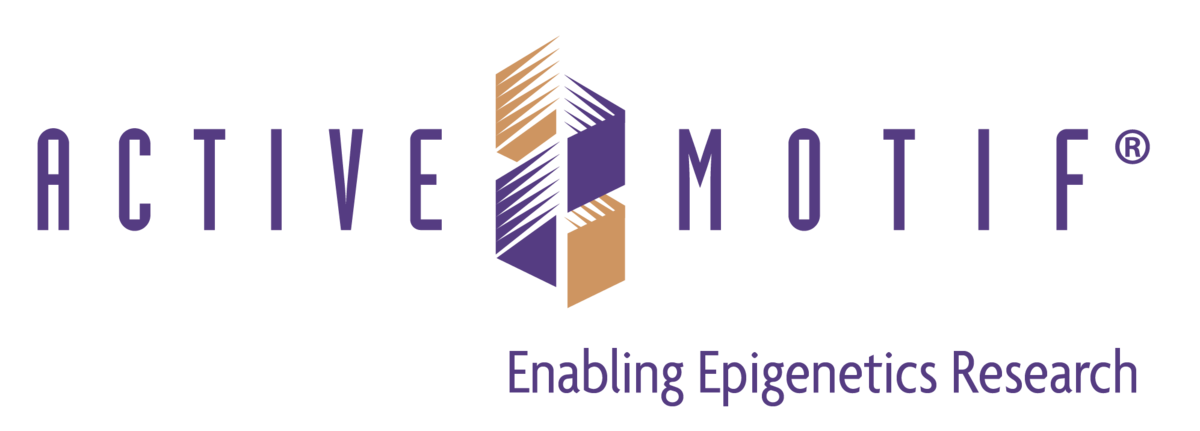
Introduction
Recent studies have reported the vast potential of analyzing the tumor-derived cell-free DNA (cfDNA) present in so-called “liquid biopsies” in decision-making in cancer care (Assi et al.). Tumor-derived cfDNA – also known as circulating tumor (ct)DNA - originates from tumor cells and circulates in the bloodstream and other biological fluids. The minimally invasive liquid biopsy-based strategy focuses on detecting genomic alterations in cfDNA from cancer patient plasma samples to uncover targetable changes and monitor disease state; however, said analyses do not support the identification of those transcriptional programs that underpin phenotypes or report on the dynamic changes that occur during the disease course.
Moving Forward with Epigenetic Analyses from Liquid Biopsies
In the hope of overcoming these limitations, recent research aims have shifted focus from genetic to epigenetic analyses by measuring features such as cfDNA methylation status (Nuzzo et al. and Berchuck et al.) or inferring epigenomic features from nucleosome positioning (Snyder et al., Doebley et al., and De Sarkar et al.) or cfDNA fragmentation patterns (Cristiano et al.) in cancer patient liquid biopsies. Analyzing the histone modification patterns on circulating nucleosomes can also provide an additional means of understanding the disease-associated gene regulation programs at play within the cancer cells in question (Sadeh et al. and Vad-Nielsen et al.).
Overall, these exciting advances beg the question – does wide-ranging epigenomic profiling in cancer patient liquid biopsies represent a straightforward and non-invasive manner of appreciating the gene regulatory mechanisms that give rise to the disease phenotype and, hence, represent an exciting and relatively simple means of improving cancer patient management throughout the entire course of the disease?
Epigenomic Profiling of Liquid Biopsies Provides an Understanding of Cancer Gene Regulation
A recent proof-of-concept study from researchers led by Matthew L. Freedman (Dana-Farber Cancer Institute) now reports a significant advance in this field - a means of capturing epigenomic profiles of cancer from 1 ml samples of patient plasma and hence measuring multiple facets of gene regulation via liquid biopsy. Baca, Seo, and Colleagues describe immunoprecipitation-based approaches - cfChIP-Seq and cfMeDIP-Seq – that enrich DNA fragments containing gene regulatory elements that bear epigenetic modifications known as critical regulators of gene expression – DNA methylation, H3K4me3 (associated with promoter activity), and H3K27ac/panH3ac (present at active enhancers/promoters) - using specific antibodies. Analysis of DNA fragments via high-throughput sequencing then provides a genome-wide assessment of promoter activity, enhancer activity, and DNA methylation, which can capture clinically relevant information that supports patient management.
Identifying Common Cancer-specific Regulatory Elements
Overall, the authors measured 1,268 epigenomic profiles covering promoters, enhancers, and CpG islands from patient plasma samples isolated from patients suffering from fifteen types of advanced cancers; interestingly, their initial analyses integrated all assayed epigenetic modifications and identified common gene regulatory elements present in cfDNA samples. Genes that find themselves close to these common regulatory elements displayed significant enrichment for embryonic development-/cell fate commitment-related functional terms, which agrees with the hypothesis that tumorigenesis involves the reactivation of developmentally relevant regulatory programs (Tam and Weinberg and Pomerantz et al.). Further analysis of these common regulatory elements provided evidence for the epigenetic activation of developmentally associated transcription factor gene promoters and also the epigenetic repression of tumor suppressor gene promoters.
The Power of Promoter Histone Methylation in Understanding Gene Expression and Cancer Management
Specific analysis of H3K4me3 revealed a correlation between the level of this modification at regulatory regions in cfDNA and the expression of diagnostic/predictive biomarker genes in cancer; furthermore, H3K4me3 levels at the promoters of lineage-enriched genes distinguished cancer types and reflected protein expression patterns observed in tissues. These findings suggested that straightforward analysis of this epigenetic modification in patient plasma may provide a proxy for determining cancer gene expression in tumor cells/tissues, which may have multiple additional uses and advantages. For example, the human epidermal growth factor receptor 2 (HER2) represents a validated druggable target in colorectal cancers; however, low prevalence represents a problem regarding which patients receive potentially helpful treatments (Ahcene Djaballah et al.). Here, the authors applied their liquid biopsy approach to reveal the active status of the ERBB2 promoter (the gene encoding HER2) in cfDNA from patient plasma samples thanks to the detection of high levels of H3K4me3; therefore, the epigenetic analysis of plasma samples could quickly and easily identify those patients likely to respond well to a given therapeutic through an easily detectable “proxy” for gene expression and spare non-responders from unnecessary treatment with potentially toxic drugs.
Viewing Enhancer Activity via Histone Acetylation Provides Yet More!
The subsequent analysis of enhancer activity measured through H3K27ac levels provided complementary information to the H3K4me3-based promoter assays. This strategy allowed the team to infer the activity of therapeutically targetable transcription factors such as estrogen receptor in breast cancer, androgen receptor in prostate cancer, and hypoxia-inducible factor 2 alpha in renal cell carcinoma in patient plasma samples.
Additionally, enhancer profiling helped to explore epigenetic drivers of treatment resistance and define outcomes; for example, increased H3K27ac levels identified the activation of gene enhancers known to drive castration resistance in prostate cancer following treatment-induced neuroendocrine differentiation. Therefore, plasma analysis may provide a means to understand disease evolution and potentially alter therapeutic management. Interestingly, the authors employed this data to create a multi-cancer classifier of neuroendocrine differentiation, given the general importance of this mechanism to treatment resistance; excitingly, aggregating plasma H3K27ac signals across neuroendocrine regulatory elements distinguished cancers based on neuroendocrine differentiation status and should receive differing therapeutic strategies.
Do Epigenomic Analyses in Liquid Biopsies Represent the Future of Cancer Patient Management?
Overall, this exciting advance reveals the therapeutic potential of exploring gene regulation programs through epigenomic analyses in cancer patient liquid biopsies employing straightforward cfDNA-based techniques; however, the authors do note the need for additional studies in large prospective cohorts and in early-stage disease and non-oncologic conditions to provide extra support and further accelerate the adoption of this potent strategy.
For more on an exciting study that suggests an epigenomic future for liquid biopsies in cancer patient management, see Nature Medicine, October 2023.
Related products
| Cat-No. | Item | Size | Price (CHF) |
|---|---|---|---|
| 25503 | Cell-Free DNA (cfDNA) Purification Kit | 100 ml | 832.00 |
| 31600 | Recombinant Histone H3K4me3 (MLA) | 100 ug | 467.00 |
| 91193 | AbFlex Histone H3K27ac antibody (rAb) | 100 ug | 509.00 |
| 39135 | Histone H3K27ac antibody (pAb) | 100 ul | 687.00 |
| 39133 | Histone H3K27ac antibody (pAb) | 100 ug | 790.00 |
| 39685 | Histone H3K27ac antibody (mAb) | 100 ug | 790.00 |
About the author

Stuart P. Atkinson, Ph.D.
Stuart was born and grew up in the idyllic town of Lanark (Scotland). He later studied biochemistry at the University of Strathclyde in Glasgow (Scotland) before gaining his Ph.D. in medical oncology; his thesis described the epigenetic regulation of the telomerase gene promoters in cancer cells. Following Post-doctoral stays in Newcastle (England) and Valencia (Spain) where his varied research aims included the exploration of epigenetics in embryonic and induced pluripotent stem cells, Stuart moved into project management and scientific writing/editing where his current interests include polymer chemistry, cancer research, regenerative medicine, and epigenetics. While not glued to his laptop, Stuart enjoys exploring the Spanish mountains and coastlines (and everywhere in between) and the food and drink that it provides!
Supplier

Active Motif
Active Motif offers all you need for researching epigenetics and gene regulation: from sonification devices to ChIP-Seq, CUT&Tag kits as well as validated antibodies.
